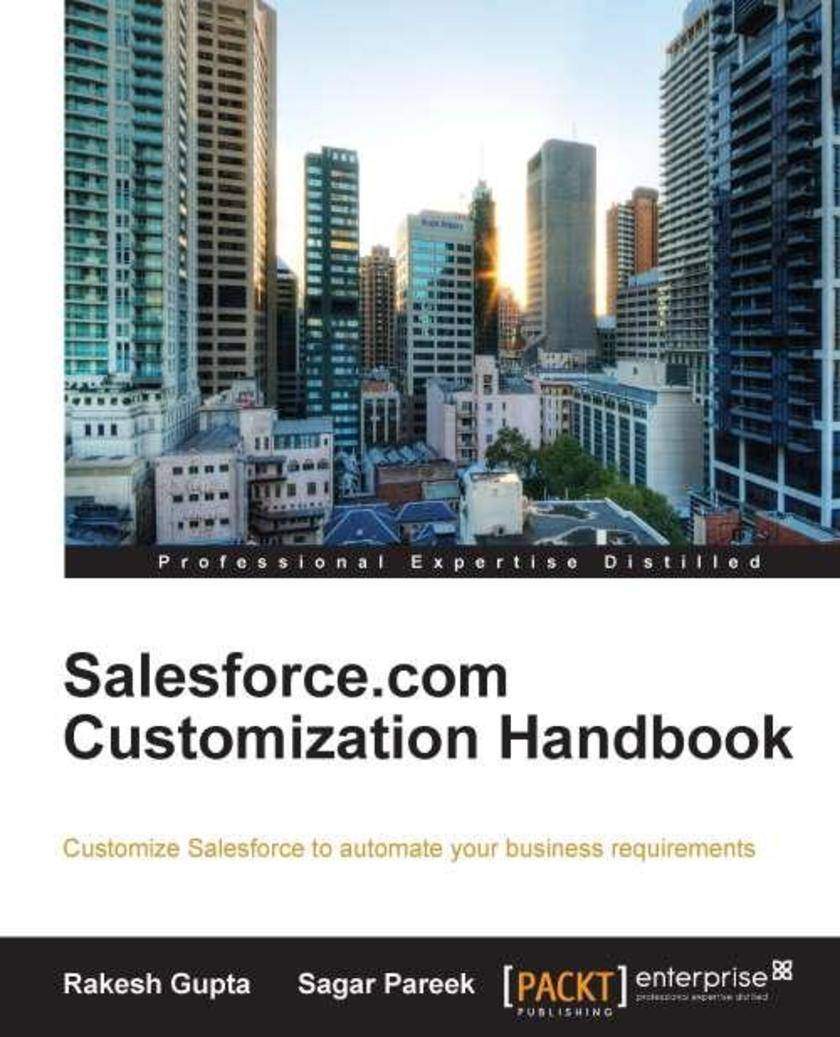
Salesforce.com Customization Handbook
¥90.46
If you want to use Salesforce CRM to automate your business requirements, or you have already adopted Salesforce CRM and want to streamline the sales process, this book is for you. Whether you are new to Salesforce or a seasoned expert, you will be able to master the basic functions as well as the advanced features of Salesforce.com. No previous experience in computer coding or programming is required.
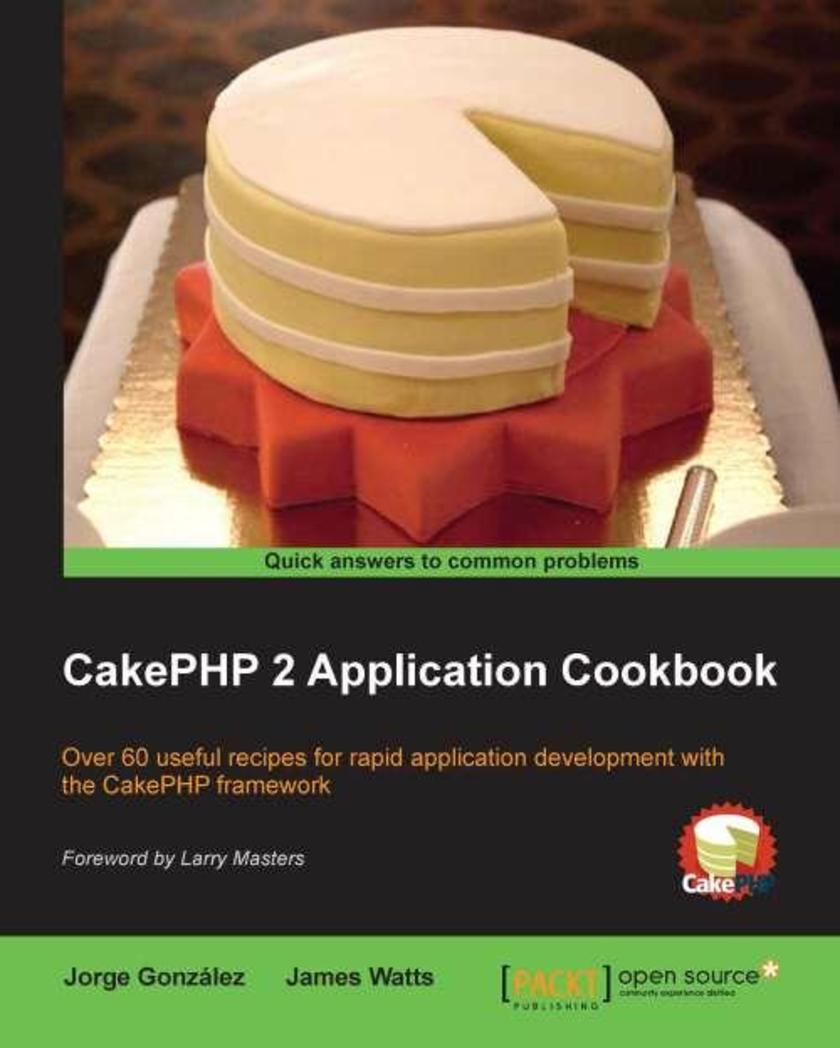
CakePHP 2 Application Cookbook
¥90.46
If you are a CakePHP developer looking to ease the burden of development, then this book is for you. As a headfirst dive into the framework, this collection of recipes will help you get the most out of CakePHP, and get your applications baked in no time. Even if you're not familiar with the framework, we'll take you from basic CRUD building to useful solutions that will aid in getting the job done quickly and efficiently.
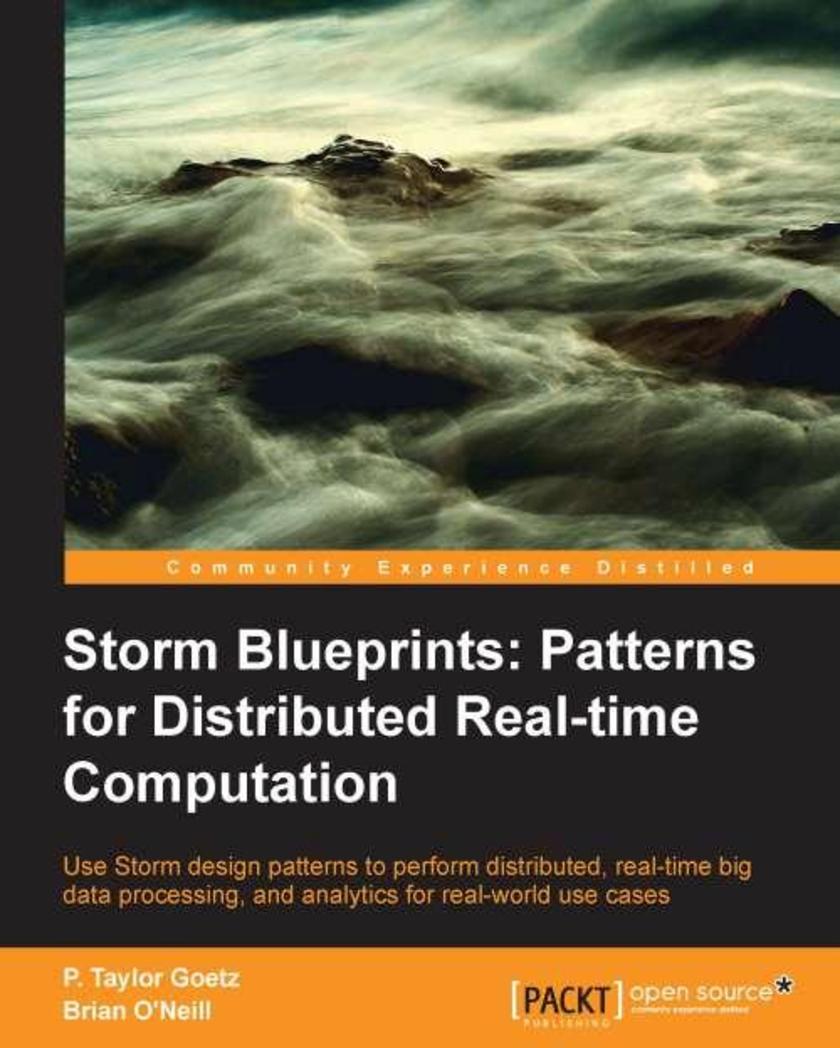
Storm: Distributed Real-time Computation Blueprints
¥90.46
A blueprints book with 10 different projects built in 10 different chapters which demonstrate the various use cases of storm for both beginner and intermediate users, grounded in realworld example applications. Although the book focuses primarily on Java development with Storm, the patterns are more broadly applicable and the tips, techniques, and approaches described in the book apply to architects, developers, and operations. Additionally, the book should provoke and inspire applications of distributed computing to other industries and domains. Hadoop enthusiasts will also find this book a good introduction to Storm, providing a potential migration path from batch processing to the world of realtime analytics.
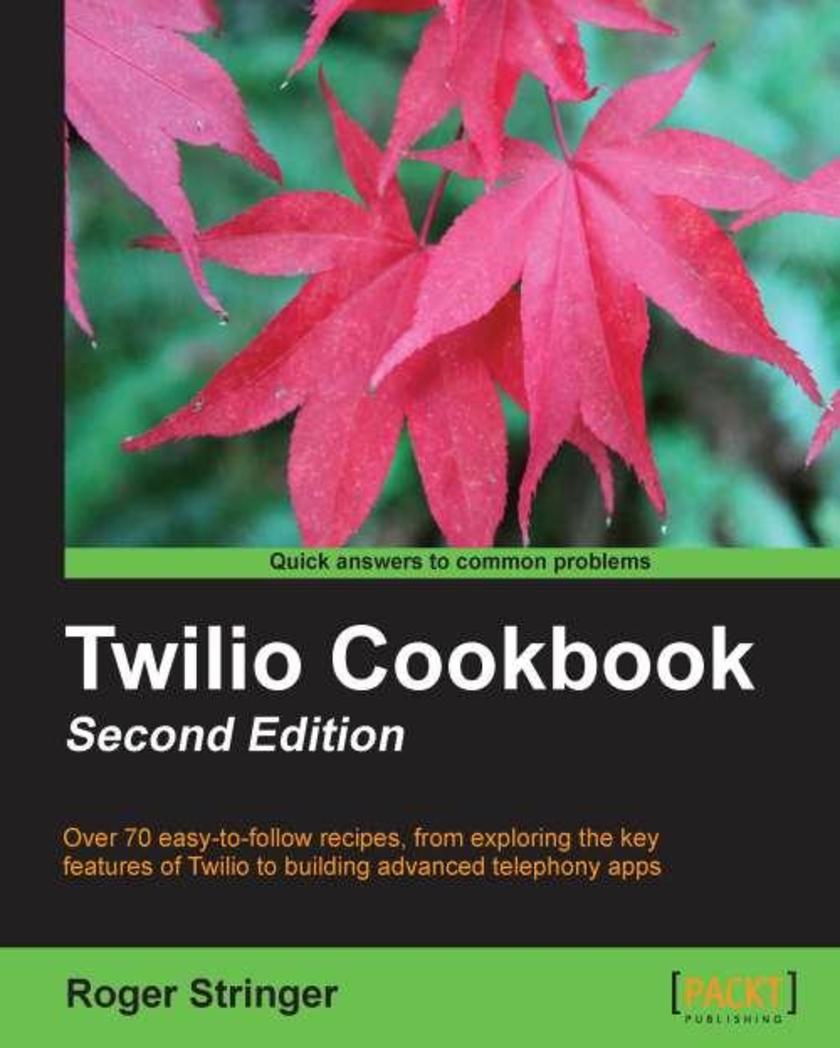
Twilio Cookbook Second Edition
¥90.46
This book is a practical, handson guide that provides the reader with a number of clear, stepbystep bitesize recipes. If you are a developer and want to learn about integrating Twilio's API into your websites for telephone solutions, then this book is for you. Basic knowledge of PHP and MySQL is expected.
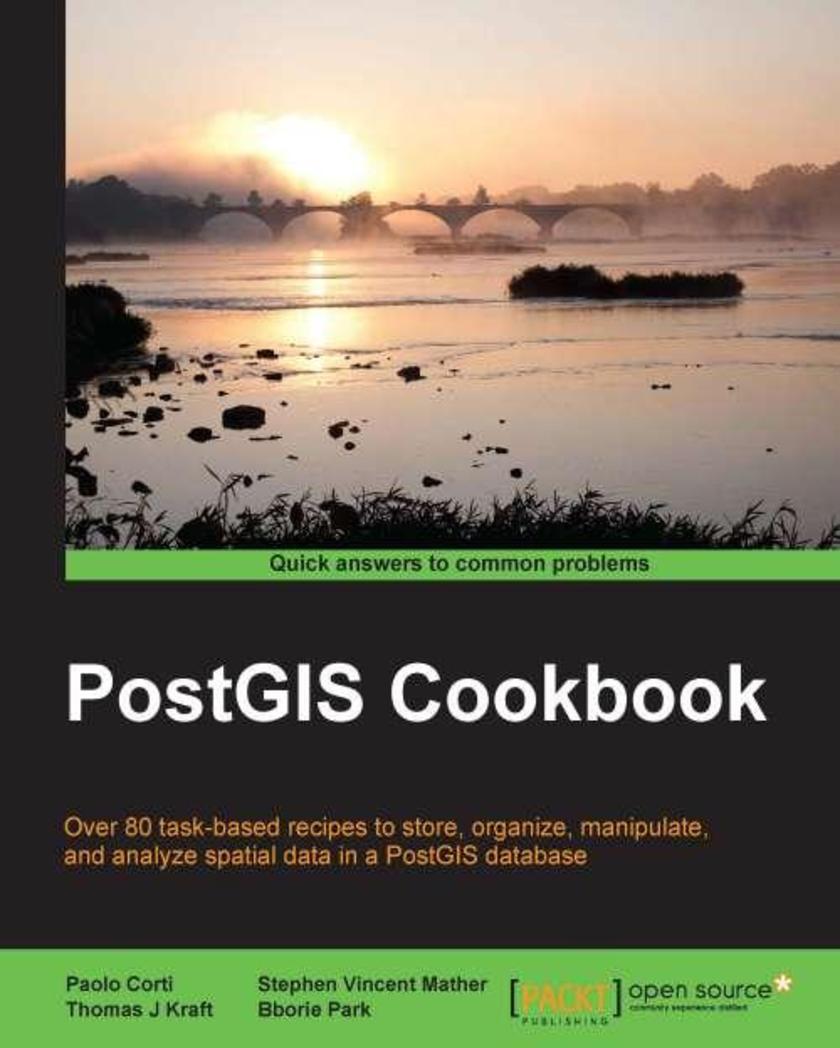
PostGIS Cookbook
¥90.46
An easytouse guide, full of handson recipes for manipulating spatial data in a PostGIS database. Each topic is explained and placed in context, and for the more inquisitive, there are more details of the concepts used. If you are a web developer or a software architect, especially in locationbased companies, and want to expand the range of techniques you are using with PostGIS, then this book is for you. You should have some prior experience with PostgreSQL database and spatial concepts.
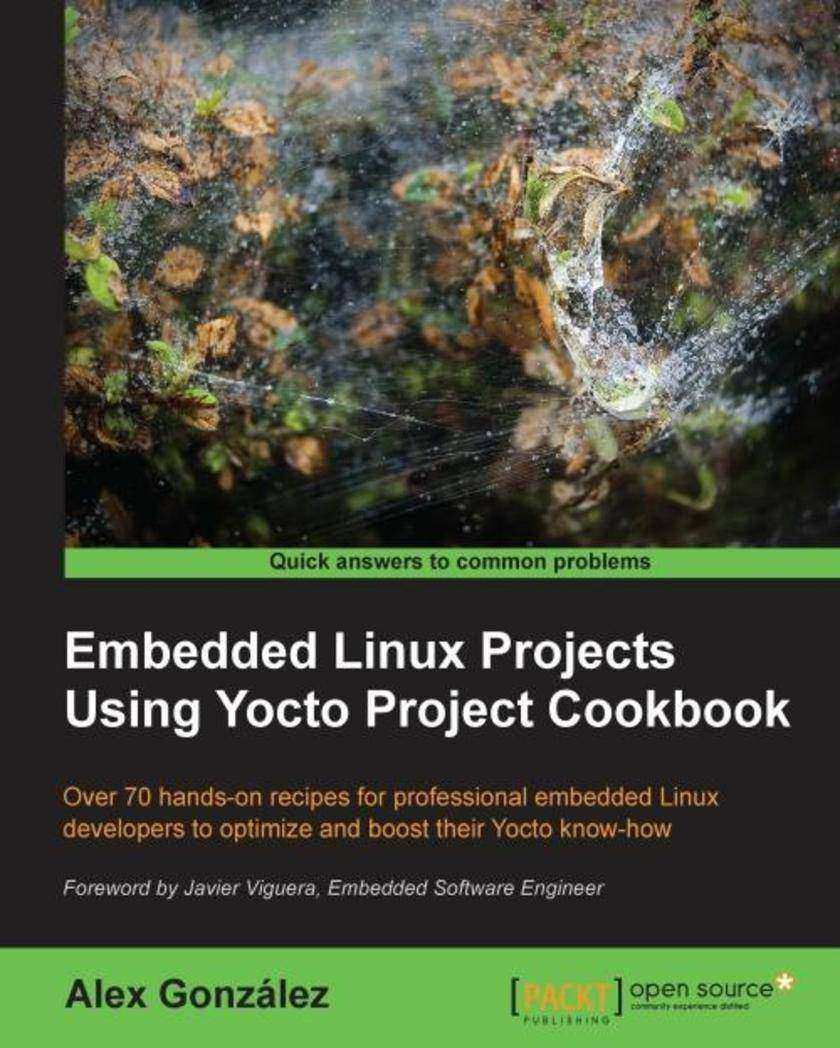
Embedded Linux Projects Using Yocto Project Cookbook
¥90.46
If you are an embedded developer learning about embedded Linux with some experience with the Yocto project, this book is the ideal way to become proficient and broaden your knowledge with examples that are immediately applicable to your embedded developments. Experienced embedded Yocto developers will find new insight into working methodologies and ARM specific development competence.
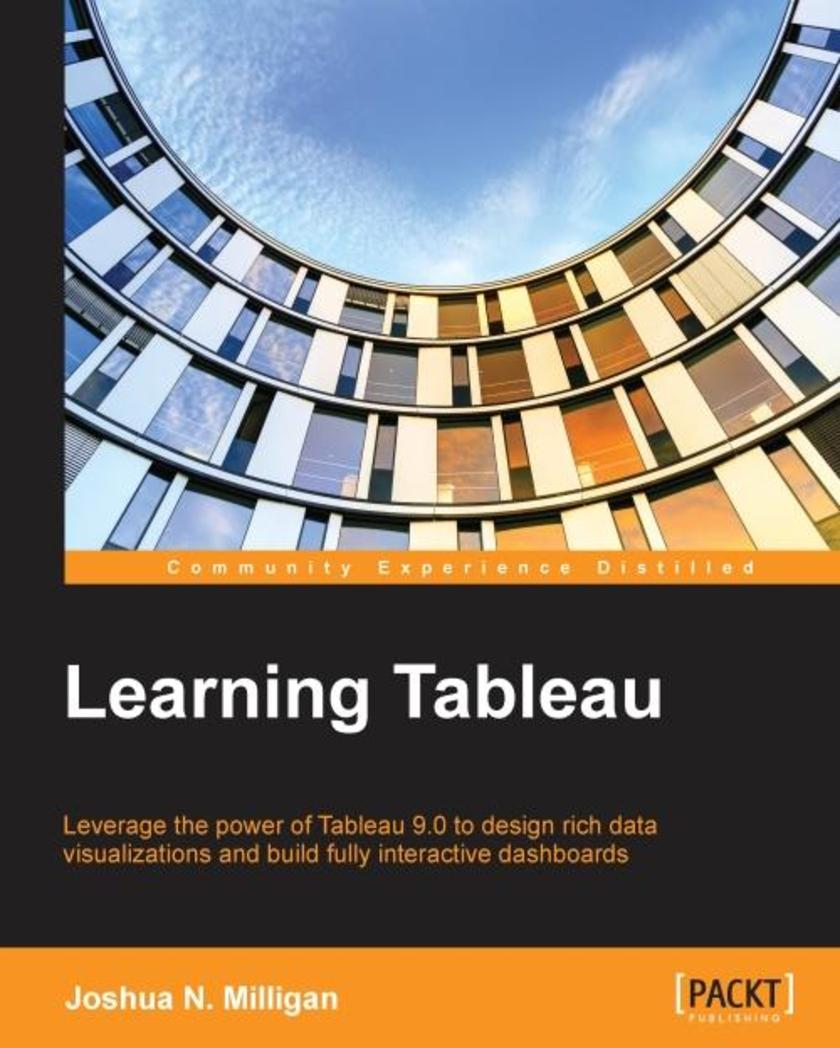
Learning Tableau
¥90.46
If you want to understand your data using data visualization and don't know where to start, then this is the book for you. Whether you are a beginner or have years of experience, this book will help you to quickly acquire the skills and techniques used to discover, analyze, and communicate data visually. Some familiarity with databases and data structures is helpful, but not required.
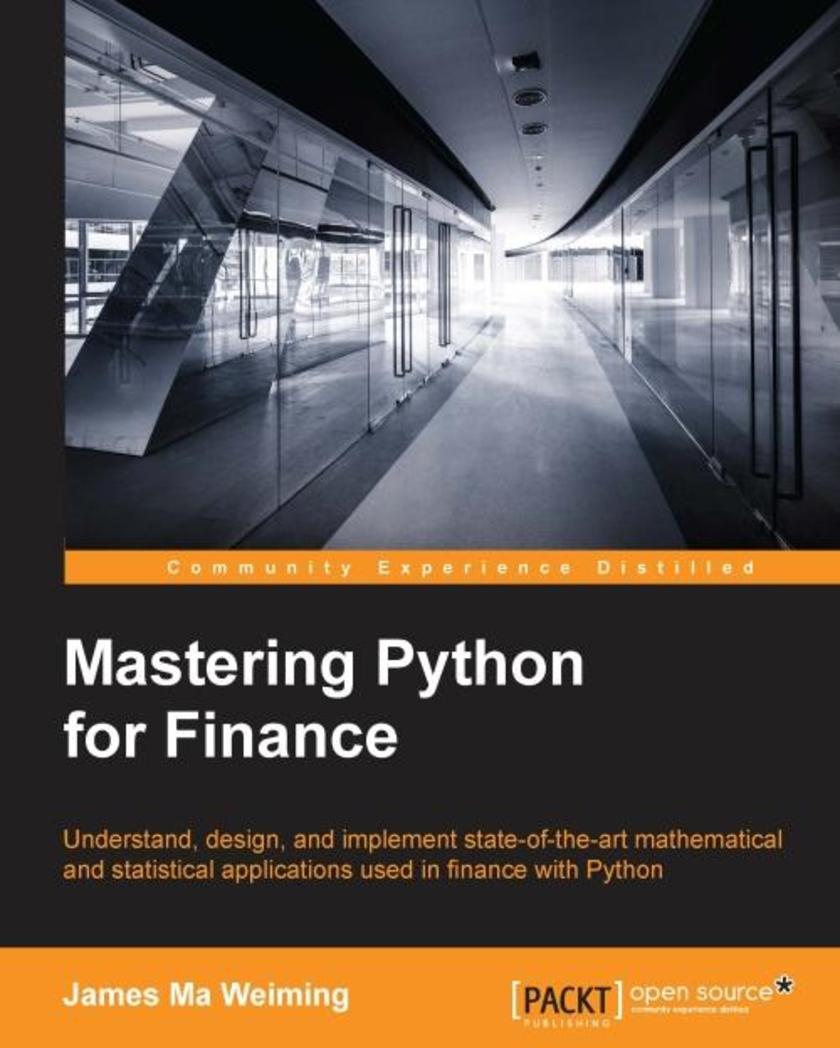
Mastering Python for Finance
¥90.46
If you are an undergraduate or graduate student, a beginner to algorithmic development and research, or a software developer in the financial industry who is interested in using Python for quantitative methods in finance, this is the book for you. It would be helpful to have a bit of familiarity with basic Python usage, but no prior experience is required.
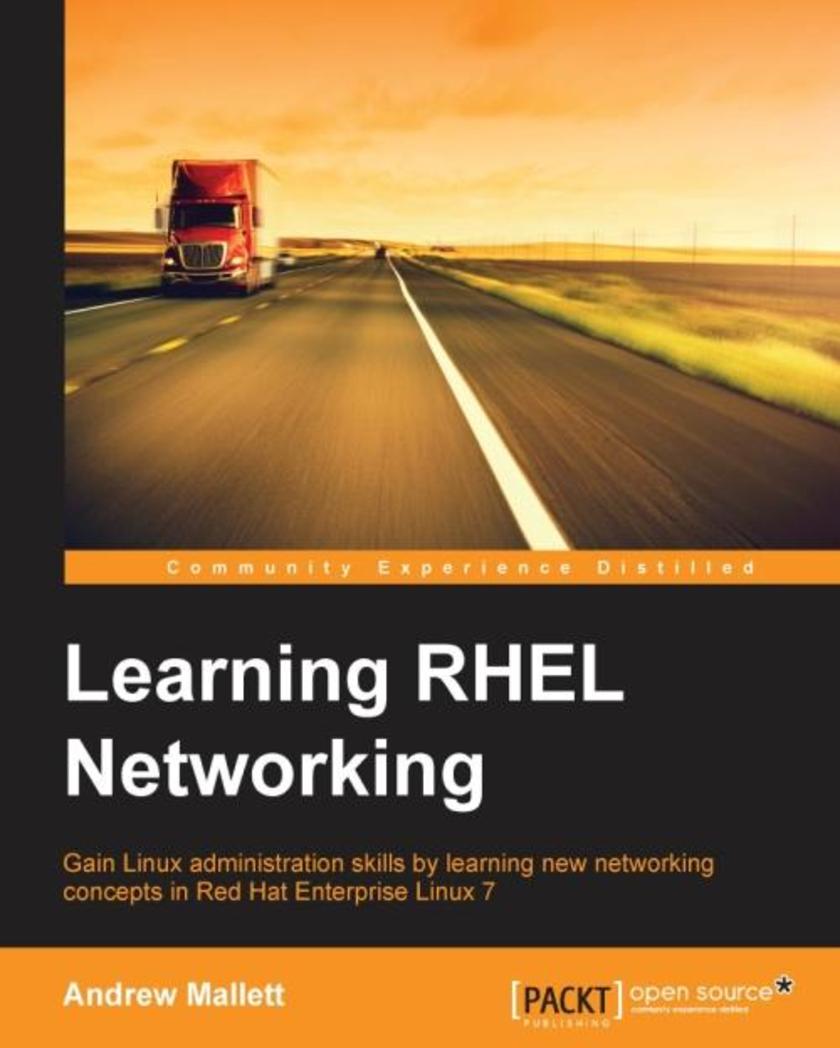
Learning RHEL Networking
¥90.46
This book is ideal for administrators who need to learn the networking abilities of Red Hat Enterprise Linux 7. You may not be a Linux administrator already, but you will need to be able to test files in Linux and navigate the filesystem.
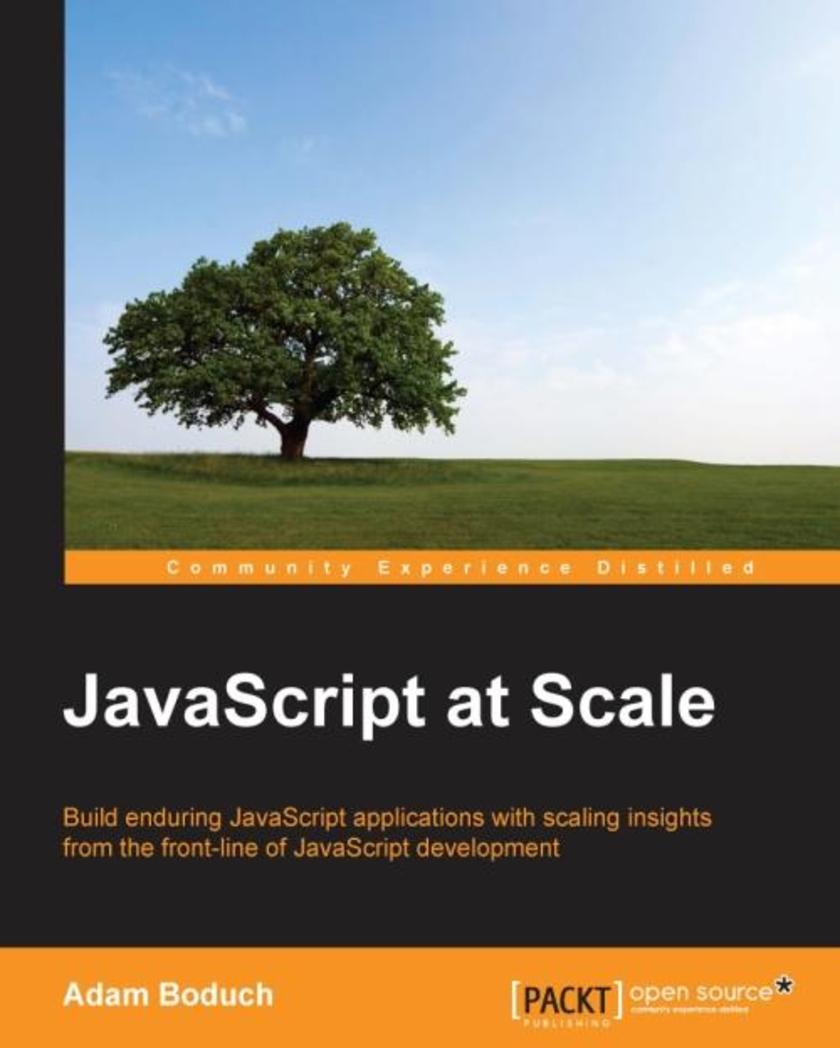
JavaScript at Scale
¥90.46
Have you ever come up against an application that felt like it was built on sandMaybe you've been tasked with creating an application that needs to last longer than a year before a complete re-writeIf so, JavaScript at Scale is your missing documentation for maintaining scalable architectures. There's no prerequisite framework knowledge required for this book, however, most concepts presented throughout are adaptations of components found in frameworks such as Backbone, AngularJS, or Ember. All code examples are presented using ECMAScript 6 syntax, to make sure your applications are ready for next generation browsers.
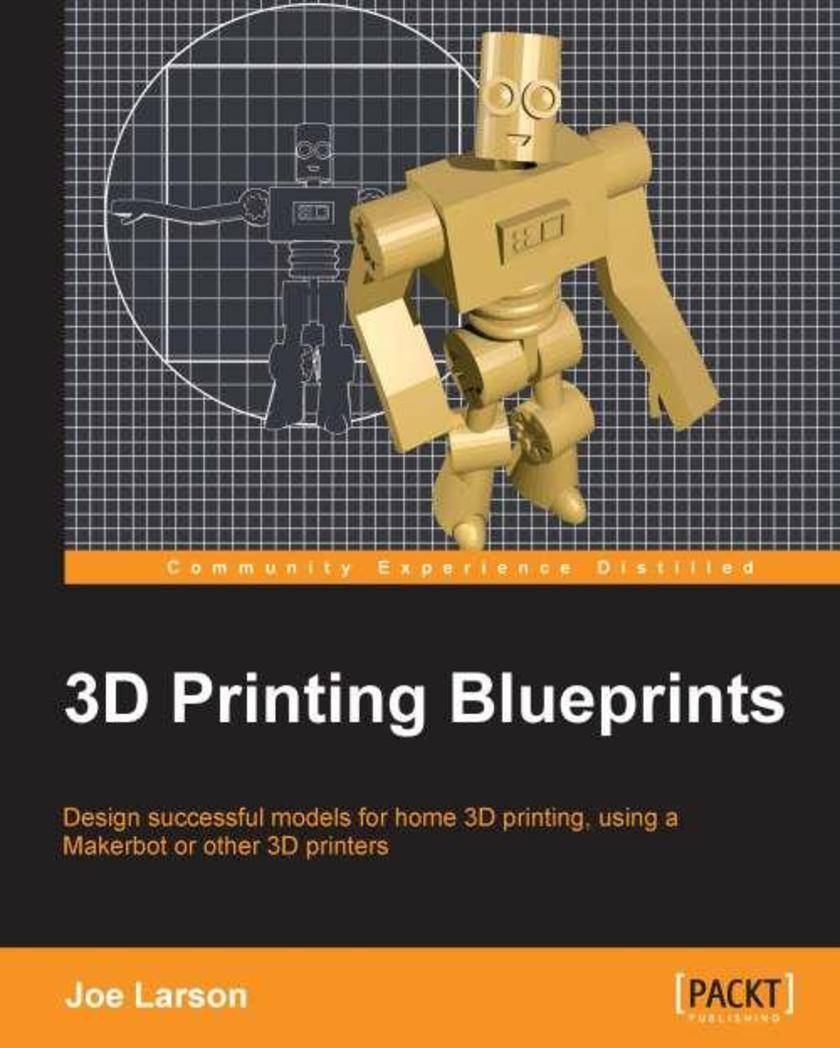
3D Printing Blueprints
¥90.46
MakerBot Projects Blueprints is a project-based book, with each chapter taking you through the creation of an awesome stand-alone project. MakerBot Project Blueprints is for anyone with an interest in the 3D printing revolution and the slightest bit of computer skills. Whether you own a 3D printer or not you can design for them. All it takes is Blender, a free 3D modeling tool, this book and a little creativity and someday you’ll be able to hold something you designed in the computer in your hands.
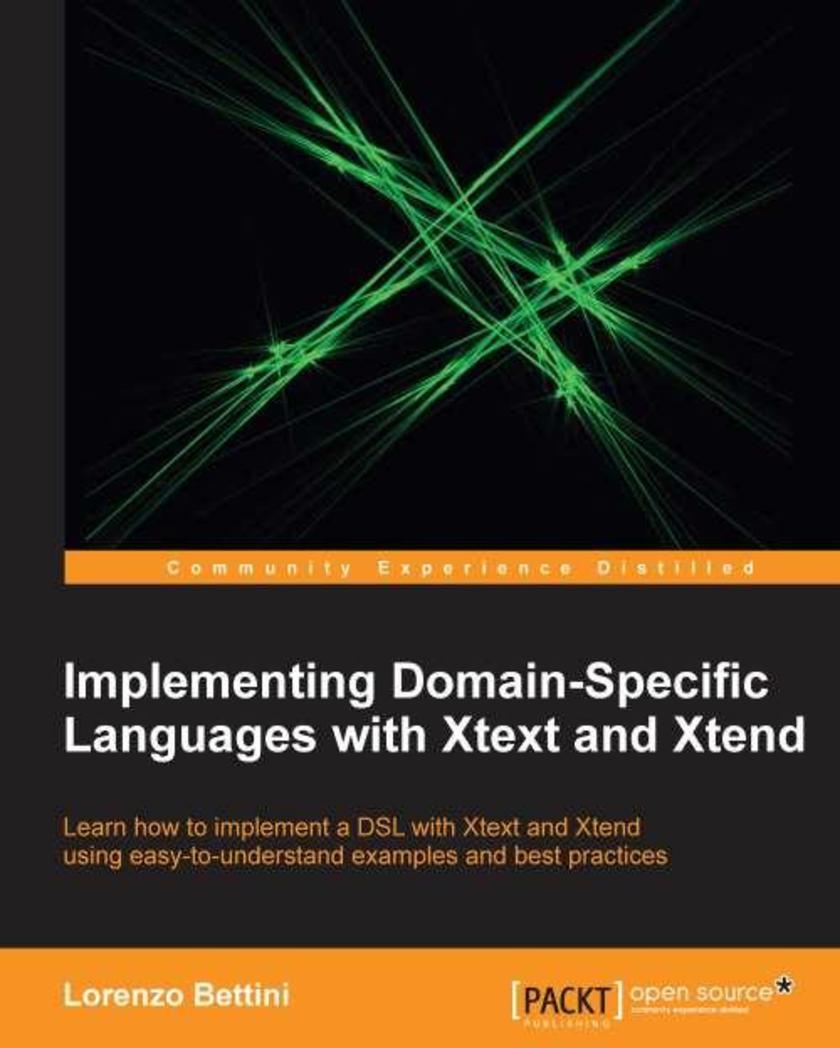
Implementing Domain Specific Languages with Xtext and Xtend
¥90.46
A step-by-step guide that enables you to quickly implement a DSL with Xtext and Xtend in a test-driven way with the aid of simplified examples.This book is for programmers who want to learn about Xtext and how to use it to implement a DSL (or a programming language) together with Eclipse IDE tooling. It assumes that the user is familiar with Eclipse and its functionality. Existing basic knowledge of a compiler implementation would be useful, though not strictly required, since the book will explain all the stages of the development of a DSL.
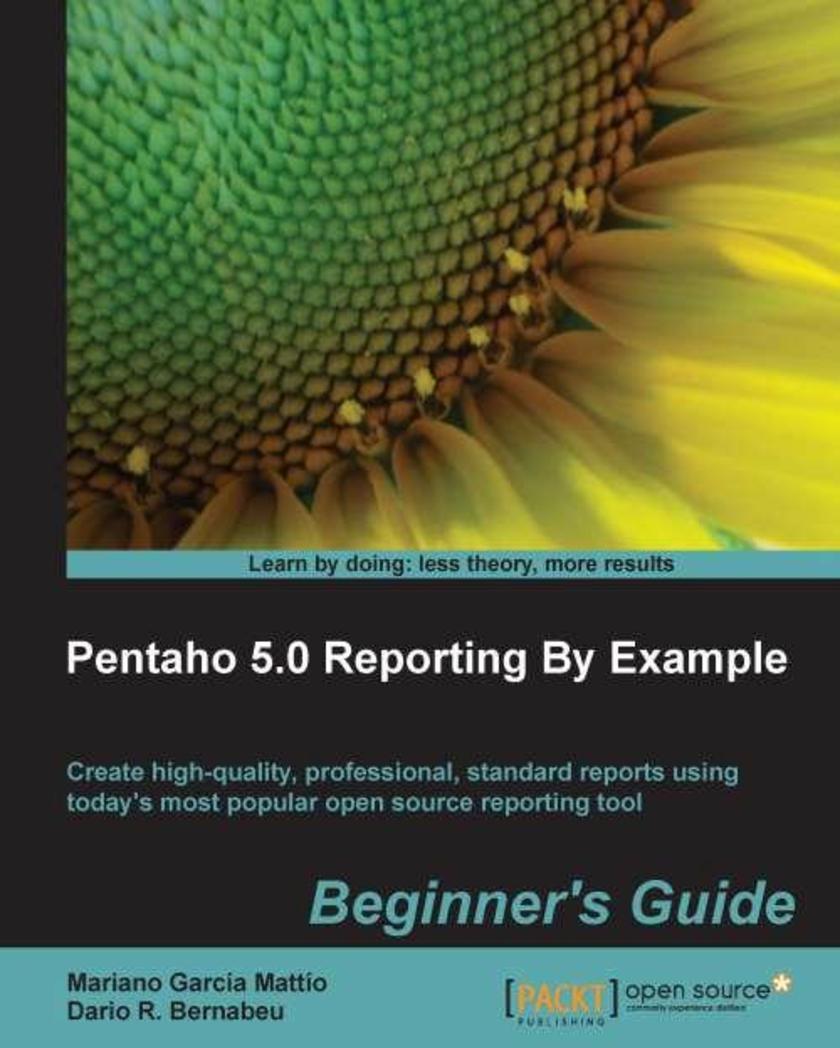
Pentaho 5.0 Reporting By Example Beginner’s Guide
¥90.46
This is a Cookbook with easy-to-follow recipes, containing practical and detailed examples which are all fully backed up with code, illustrations, and tips to dig deep into Backbone.js.This book is great for JavaScript developers who want to learn how to build advanced frontend applications with the Backbone.js framework. This book can be used in educational institutions to teach students how to build frontend applications in an MVC manner.It's assumed that you have some experience in jQuery, and are familiar with HTML.
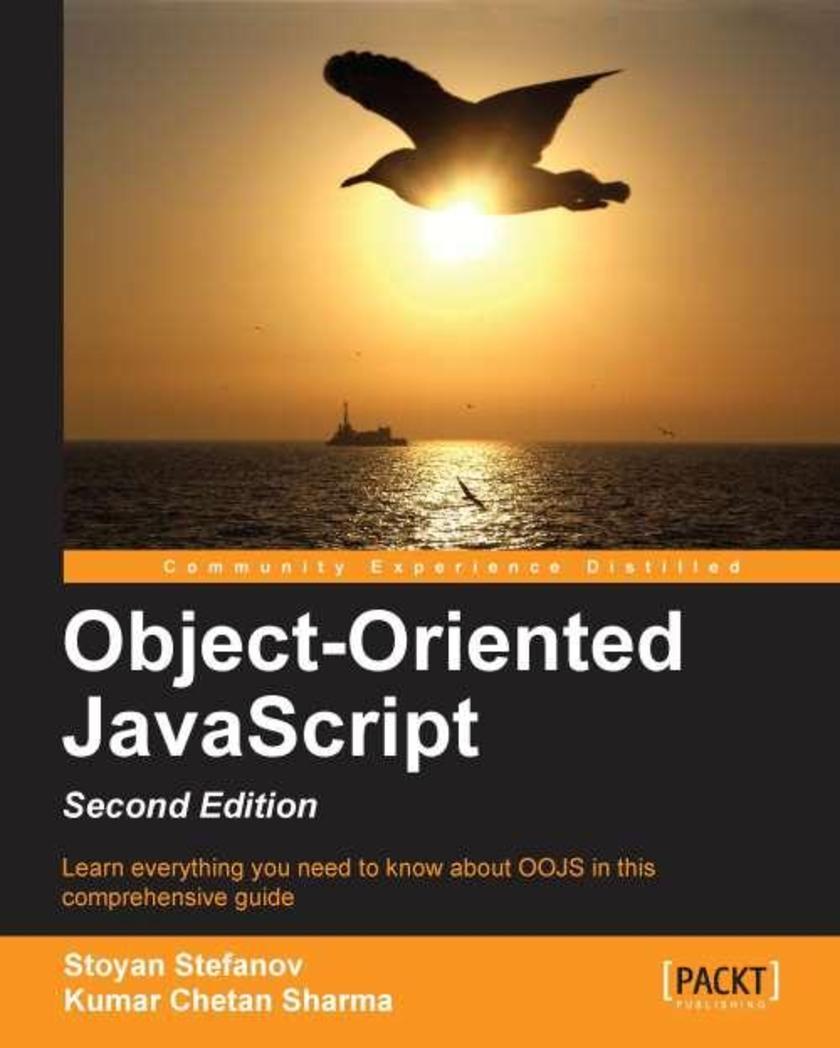
Object-oriented JavaScript - Second Edition
¥90.46
You will first be introduced to object-oriented programming, then to the basics of objects in JavaScript. This book takes a do-it-yourself approach when it comes to writing code, because the best way to really learn a programming language is by writing code. You are encouraged to type code into Firebug's console, see how it works and then tweak it and play around with it. There are practice questions at the end of each chapter to help you review what you have learned.For new to intermediate JavaScript developer who wants to prepare themselves for web development problems solved by smart JavaScript!
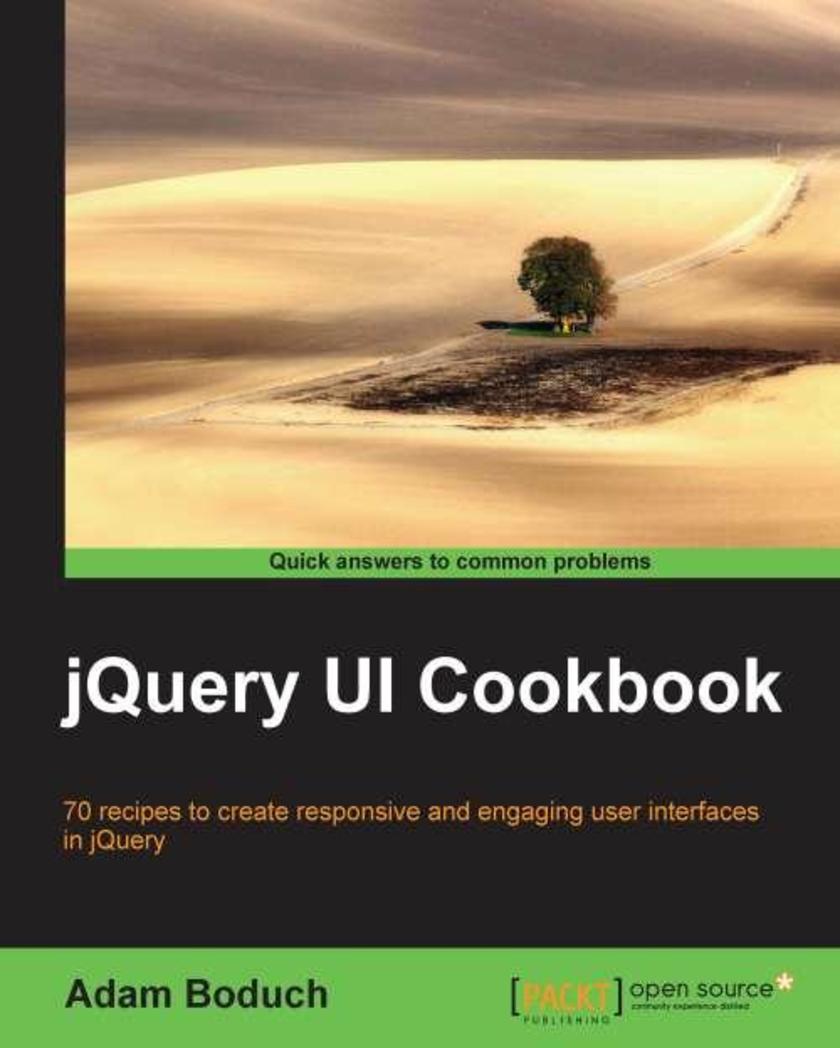
jQuery UI Cookbook
¥90.46
Filled with a practical collection of recipes, jQuery UI Cookbook is full of clear, step-by-step instructions that will help you harness the powerful UI framework in jQuery. Depending on your needs, you can dip in and out of the Cookbook and its recipes, or follow the book from start to finish.If you are a jQuery UI developer looking to improve your existing applications, extract ideas for your new application, or to better understand the overall widget architecture, then jQuery UI Cookbook is a must-have for you. The reader should at least have a rudimentary understanding of what jQuery UI is, and have written some code that uses jQuery UI.
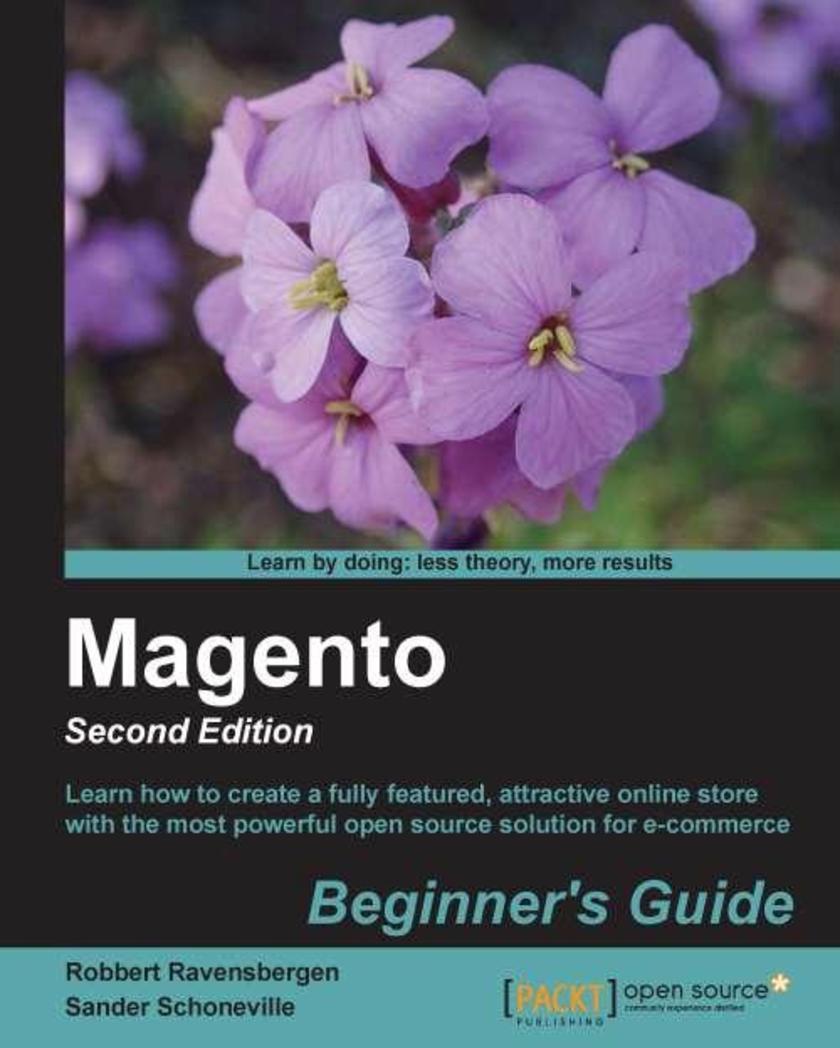
Magento Beginner's Guide Second Edition
¥90.46
This book is written in a friendly, beginner’s guide style with plenty of step-by-step instructions for installing, configuring, and using Magento to run your own e-commerce site. We will set up an example store in the book with enough information to adapt the instructions according to your needs.This book is for anyone who wants to create an online store using Magento. If you are a non-technical person and are discouraged by the complexity of this powerful e-commerce application, this book is ideal for you. This book would also suit someone with e-commerce knowledge but requires a guide to getting started with Magento.
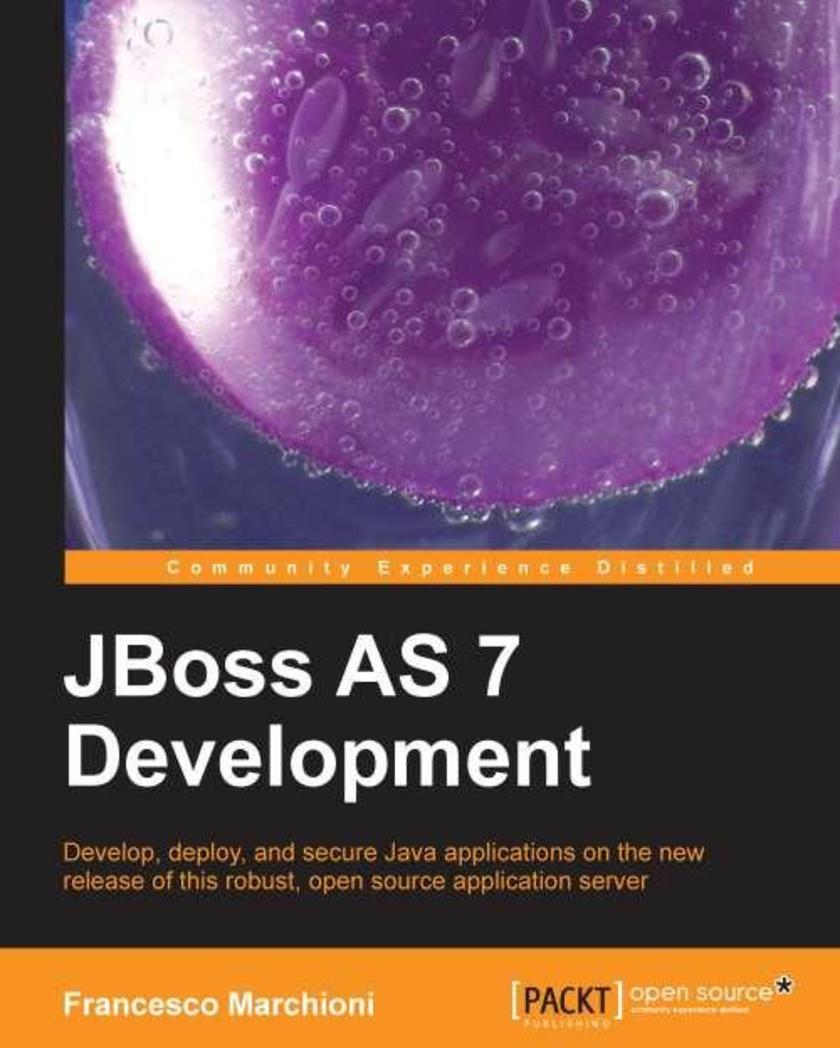
JBoss AS 7 Development
¥90.46
This book will kick-start your productivity and help you to master JBoss AS development. The author's experience with JBoss enables him to share insights on JBoss AS development in a clear and friendly way. By the end of the book, you will have the confidence to apply all the newest programming techniques to your JBoss applications.If you are a Java architect or developer who wants to get the most out of the latest release of the JBoss application server, then this book is for you. You are not expected to have accumulated experience on the application server though you must know the basic concepts of Java EE.
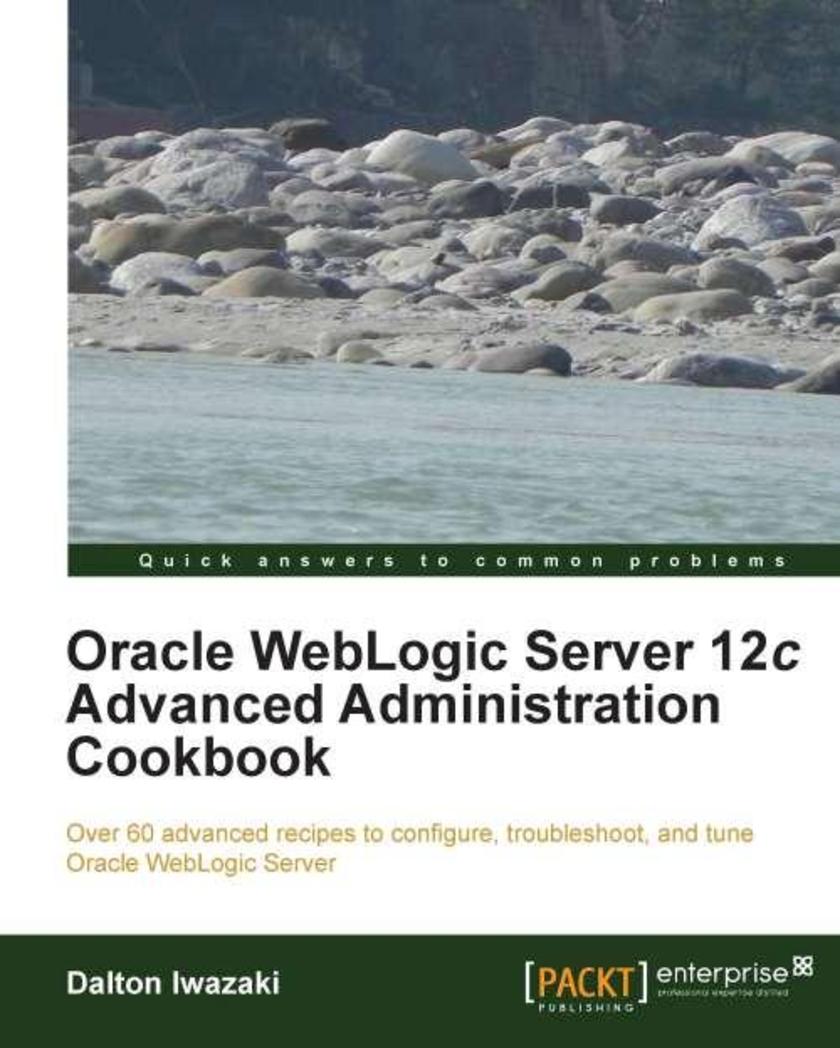
Oracle WebLogic Server 12c Advanced Administration Cookbook
¥90.46
Using real life problems and simple solutions this book will make any issue seem small. WebLogic Server books can be a bit dry but Dalton keeps the tone light and ensures no matter how complex the problem you always feel like you have someone right there with you helping you along.This book is ideal for those who know the basics of WebLogic but want to dive deeper and get to grips with more advanced topics. So if you are a datacenter operator, system administrator or even a Java developer this book could be exactly what you are looking for to take you one step further with Oracle WebLogic Server.
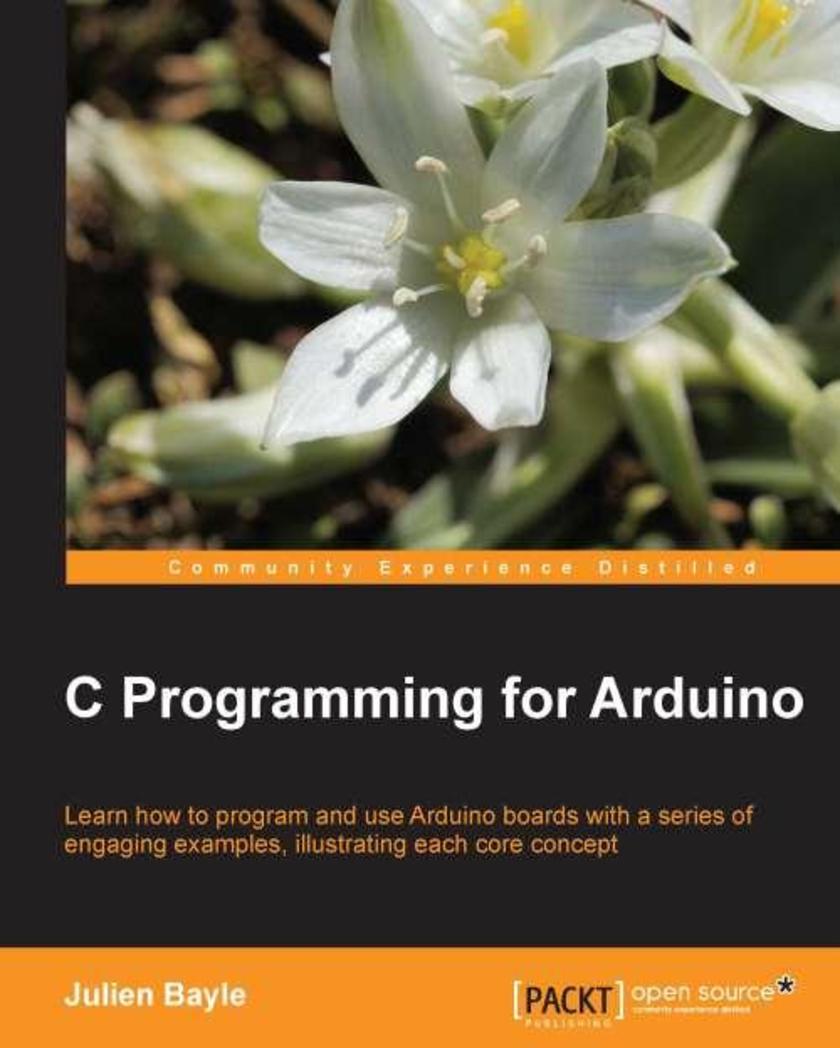
C Programming for Arduino
¥90.46
Written as a practical Packt book brimming with engaging examples, C Programming for Arduino will help those new to the amazing open source electronic platform so that they can start developing some great projects from the very start.This book is great for people who want to learn how to design & build their own electronic devices. From interaction design art school students to the do-it-yourself hobbyist, or even simply people who want to learn electronics, this book will help by adding a new way to design autonomous but connected devices.
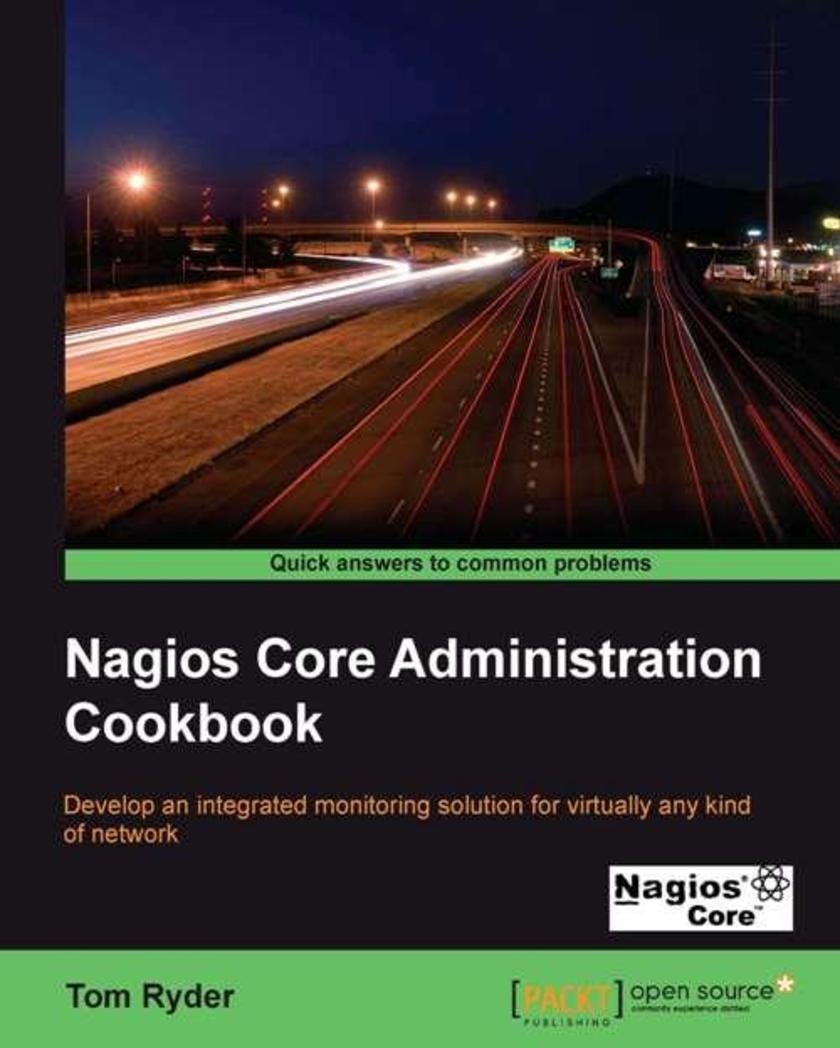
Nagios Core Administration Cookbook
¥90.46
This book is written in Cookbook style, beginning with recipes based on basic structure which gradually progresses towards using Nagios Core as a monitoring framework. This book is for System Administrators who are looking for recipes to help them deal with advanced network monitoring issues with Nagios Core.
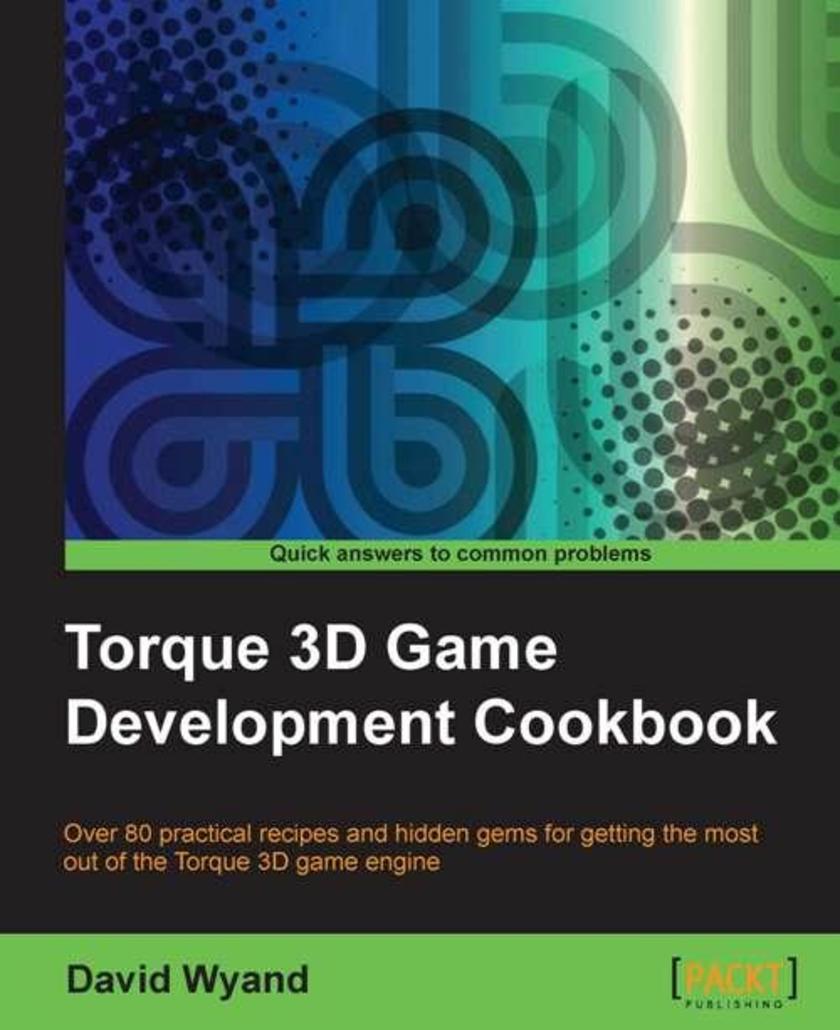
Torque 3D Game Development Cookbook
¥90.46
Cookbook; packed with recipes to help you create amazing 3D games with Torque. The recipes provide clear step-by-step instruction and practical examples to advance your understanding of Torque 3D and all of its subsystems. The book is written for professional and indie game developers that have basic knowledge of TorqueScript, are acquainted with Torque 3D’s built-in tools, and wish to take their skills to the next level. Having gone through the comprehensive Torque 3D 1.2 FPS game tutorial on the GarageGames website (or its equivalent) is assumed.




 购物车
购物车 个人中心
个人中心



